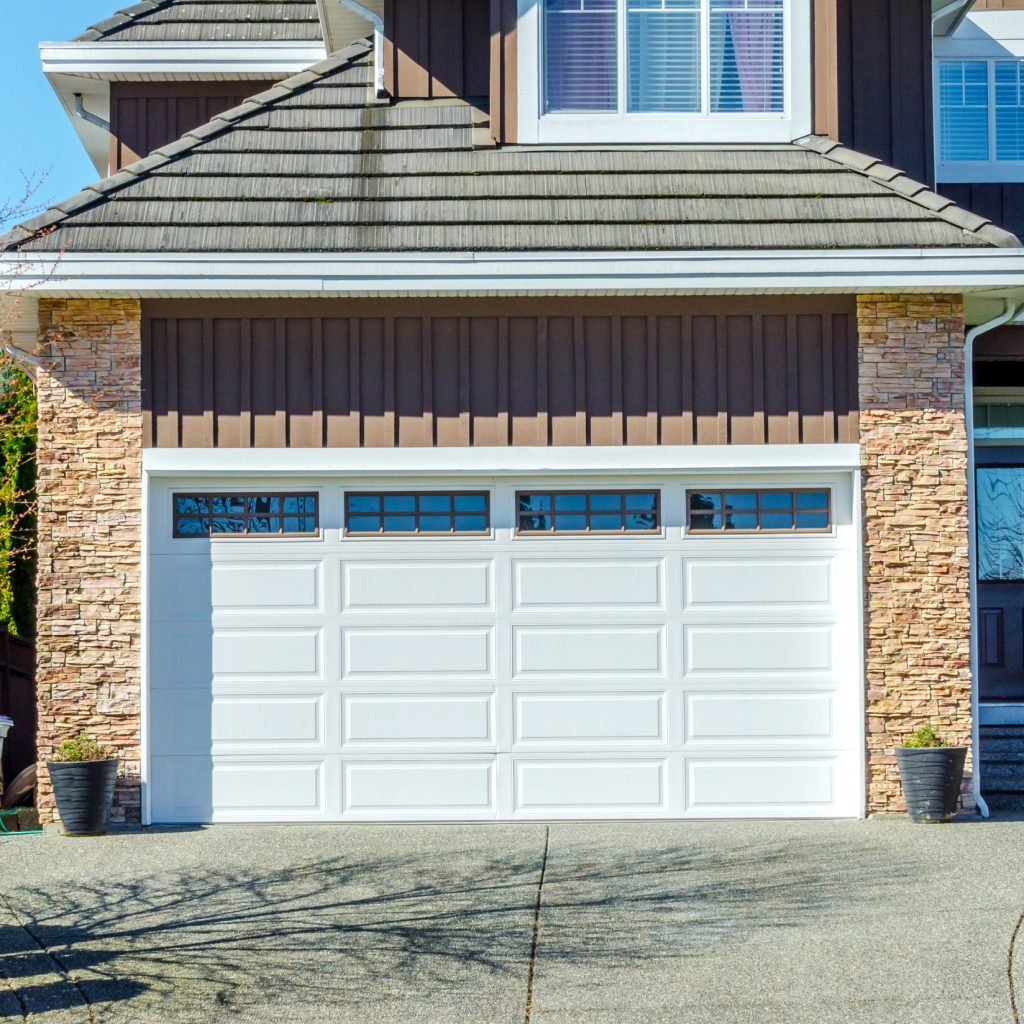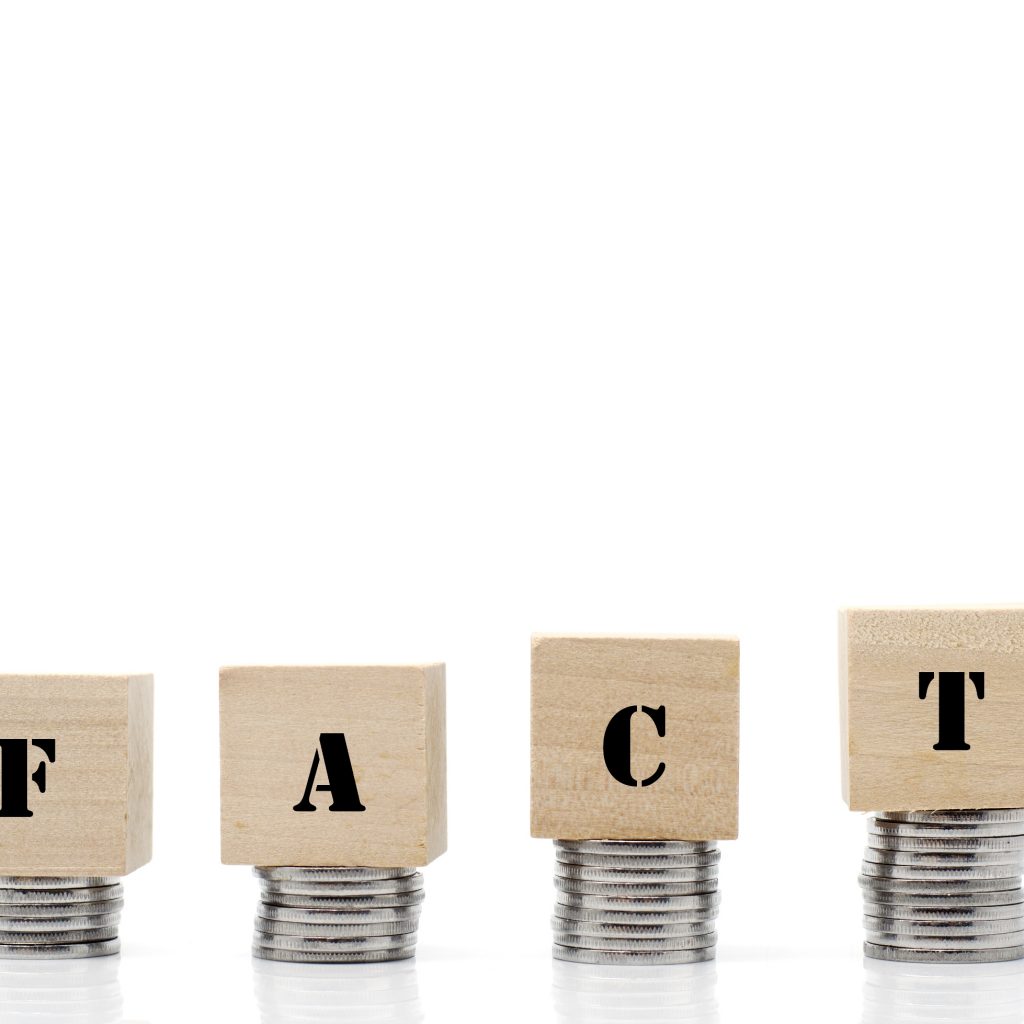
All About Mortgage Rates
Are you looking for some news or information about mortgage rates?
Mortgage rates are the interest rates assigned to a home loan, which is commonly known as a “mortgage”. These rates are based on the price of mortgage-backed securities (MBS), which are bonds backed by U.S. mortgages. They vary between conventional, FHA, VA, USDA, and jumbo loans; and, by mortgage lender.
How Mortgage Rates Are “Made”
(READ: Factors That Affect Mortgage Interest Rates Variables)
If you are looking for current mortgage rates? Join the crowd. A huge number of U.S. consumers research this info every day. Most just want a ballpark figure to help do the math on what buying a home would cost, or to see what a home refinance would look like.
Others prefer personalized mortgage rates — especially when they’re close to making a decision about what to do next.
To everyone, though, getting a good, low rate is paramount. A mortgage is not something on which you want to overpay. Imagine paying “too much” on the most valuable asset you own; and, for the next 30 days.
This is why it’s important to understand how these rates are “made”.
When you have a feel for how mortgage rates are made and how mortgage rates work, you can put yourself in a better position to shop for the lowest available rate with the best closing costs possible.
What is a Mortgage Rate?
Ever wondered where they come from?
Mortgage rates are “made” based on bonds traded in the mortgage-backed securities (MBS) market. Similar to corporate bonds, mortgage-backed bonds trade all day, every day.
MBS pricing changes constantly.
In general, as the price of a mortgage-backed bond changes, so do mortgage rates. This is true for conventional mortgages backed by Fannie Mae and Freddie Mac mortgage bonds; and for FHA loans, VA loans and USDA loans, which are backed by Ginnie Mae mortgage bonds.
The price of a mortgage bond is based on supply and demand. All things equal, when Wall Street’s demand for mortgage bonds increases, mortgage bond prices rise which causes mortgage rates to fall.
Mortgage rates and MBS prices move in opposite directions.
Demand for mortgage bonds can change for a multitude of reasons, but the most common driver of demand is risk-avoidance. Most mortgage-backed bonds are guaranteed by the U.S. government, therefore, they’re considered “extra safe”.
Default risk is practically nil with U.S. government-backed debt.
During periods of economic or political uncertainty, then, U.S. mortgage bonds tend to be in high demand. It’s trading pattern is known as a “flight-to-quality” and it’s a fairly common one.
When there’s a bona fide flight-to-quality going on, consumer mortgage interest tends to drop.
Note, though, that interest rates for conventional loans such as the HomeReady mortgage are based on a different class of mortgage-backed bonds than interest rates for FHA loans, VA loans, and USDA loans.
Mortgage rates will often move in the same direction, but not always in equal measure.
Rates for a conventional 30-year fixed rate mortgage, then, may not drop as quickly as rates for an FHA Streamline Refinance loan, for example.
VA mortgage rates are often the cheapest.
Also, sometimes, mortgage rates are subject to “adjustments”; price changes made by the agency which secures the bond.
For example, with Fannie Mae and Freddie Mac, interest rates on a 2-unit property are higher than for a single-unit home (e.g.; a detached home). This is because owners of 2-unit homes are more likely to default, historically.
Fannie Mae and Freddie Mac also change rates for borrowers based on their credit scores. In general, the lower your credit score, the higher your mortgage rate.
These sorts of adjustments are known as “loan-level pricing adjustments”. They’re akin to middleman fees and they reflect the added risk of a particular mortgage loan trait.
Things That Don’t Control Mortgage Rates
Mortgage rates are based on the price of mortgage-backed securities and, aside from loan-level pricing adjustments, there are no other direct forces on U.S. mortgage interest rates.
This distinction is important.
If you can understand the forces which control today’s mortgage rates, you can shop for a loan with more confidence that you won’t overpay.
For example, here are some things that don’t control mortgage rates.
The 10-Year Treasury Note Doesn’t Control Mortgage Rates
It’s commonly said that mortgage rates follow the path of the 10-Year Treasury Note. This is not true.
The 10-Year Treasury Note is a debt-issuance from the U.S. Treasury and, over time, the 10-year note and mortgage-backed bonds will trend together; but, on any given day, the two can diverge.
Therefore, you can’t watch the yield of the 10-Year Treasury Note and know in which direction mortgage rates are moving with certainty.
One of the reasons why people like to say that mortgage rates track the 10-year is because access to real-time MBS data is expensive whereas data on the 10-Year Treasury Note is as close as turning to CNBC.
For real-time mortgage rates, you’ll need to watch MBS pricing.
The Federal Reserve Doesn’t Control Mortgage Rates
It’s also commonly believed that the members of the Federal Reserve sets U.S. mortgage rates. They don’t.
This means that the Federal Reserve’s primary policy tool — the Fed Funds Rate — is also unlinked to mortgage rates.
The Fed Funds Rate is the overnight interest rate at which banks borrow money from each other. It’s an interest rate fixed by the Federal Reserve and used to change the speed at which the U.S. economy expands.
If the Fed Funds Rate was linked to current mortgage rates, there would be a linear relationship between the two.
Instead, the Fed Funds Rate and the conventional 30-year mortgage rate have differed by as much as 500 basis points (5.00%) over the last 10 years; and by as few as 50 basis points (0.50%) over the same period of time.
Congress Doesn’t Control Mortgage Rates
And, lastly, mortgage rates aren’t set by Congress, or any other elected U.S. official.
The rhetoric and actions of our nation’s legislators can affect demand for mortgage-backed securities worldwide; and, can change how loan-level pricing adjustment are used, but their influence remains indirect.
Mortgage rates move at random.
Tips and Tricks About Mortgage Rates
How To Be A Good Mortgage Rate Shopper
Mortgage rates move randomly, and change with little or no advance warning. When you’re shopping for a mortgage, then, it’s important to know the tricks — and also to have a plan.
You have to shop “right way”.
This means remembering that shopping for a mortgage rate is really about shopping for a mortgage rate and its associated closing costs. You can’t get one without the other.
A mortgage lender will never quote you a rate without telling you the fees that go with it so pay attention when you get your quotes — a rock-bottom rate means nothing if your closing costs are astronomical.
There are two ways to shop for mortgage rates, then.
- You can shop for a particular mortgage rate that you want
- You can shop for a particular closing cost that you want
Sure, you can try to shop for both at the same time, but why bother?
When you can isolate a single loan variable for comparison such as “cost” or “mortgage rate”, it’s really easy to know which mortgage lender is giving the best deal.
As an illustration, let’s say you want a rate of 4.00%. That’s your “fixed” variable. All you have to do, now, is to ask mortgage lender for their lowest closing costs, assuming a 4.00% rate.
Whichever lender offers the lowest costs is the lender with the best overall price.
Or, to work it the other way, let’s say you want a zero-closing cost mortgage. In this instance, closing costs are your fixed variable — they’re $0.
To find the best mortgage lender, then, simply ask each lender what the interest rate would be assuming no closing costs whatsoever.
The lender with the lowest rate is the lender you choose.
How To Time Your Mortgage Rate Lock
After you’ve selected a mortgage lender, you’ll want to have the lender execute a rate lock commitment on your behalf.
A “rate lock” is a commitment from the bank to honor a specific mortgage rate for a specific number of days. It’s a contract which states that the lender will close your loan at the agreed-upon mortgage interest rate.
Rate locks are risky to a bank because anything can happen prior to your loan’s closing. And, the longer for which your rate lock commitment lasts, the more risk the bank assumes.
In general, the longer your rate lock period, the higher your mortgage rate.
- 15-day rate lock: Equal to 30-day mortgage rate – 12.5 basis points (0.125%)
- 30-day rate lock: Equal to the “market rate”
- 45-day rate lock: Equal to 30-day mortgage rate + 12.5 basis points (0.125%)
- 60-day rate lock: Equal to 30-day mortgage rate + 25 basis points (0.25%)
Borrowers who can close in 30 days or fewer, then, get access to lower mortgage rates than a buyer who may need two months or more.
This becomes especially important to buyers who are trying to negotiate a closing date on a purchase. There’s good reason to close in 45 days instead of forty-six; or in 60 days instead of sixty-one.
Rate locks are also important to refinancing households. The faster you can get your paperwork to the bank — except in the case of the near-paperless VA Streamline Refinance — the faster you can close, and the lower your mortgage rate can be.
What Are Today’s Mortgage Rates?
When you’re shopping for a mortgage, it can be difficult to know when rates are at their lowest. However, with knowledge of how rates work and why rates change, you can improve your mortgage rate outcome.
Research today’s live mortgage rates now. Your social security number is not required to get started, and all quotes come with access to your live mortgage credit scores.


